«- Back
Where to watch "The Planets"
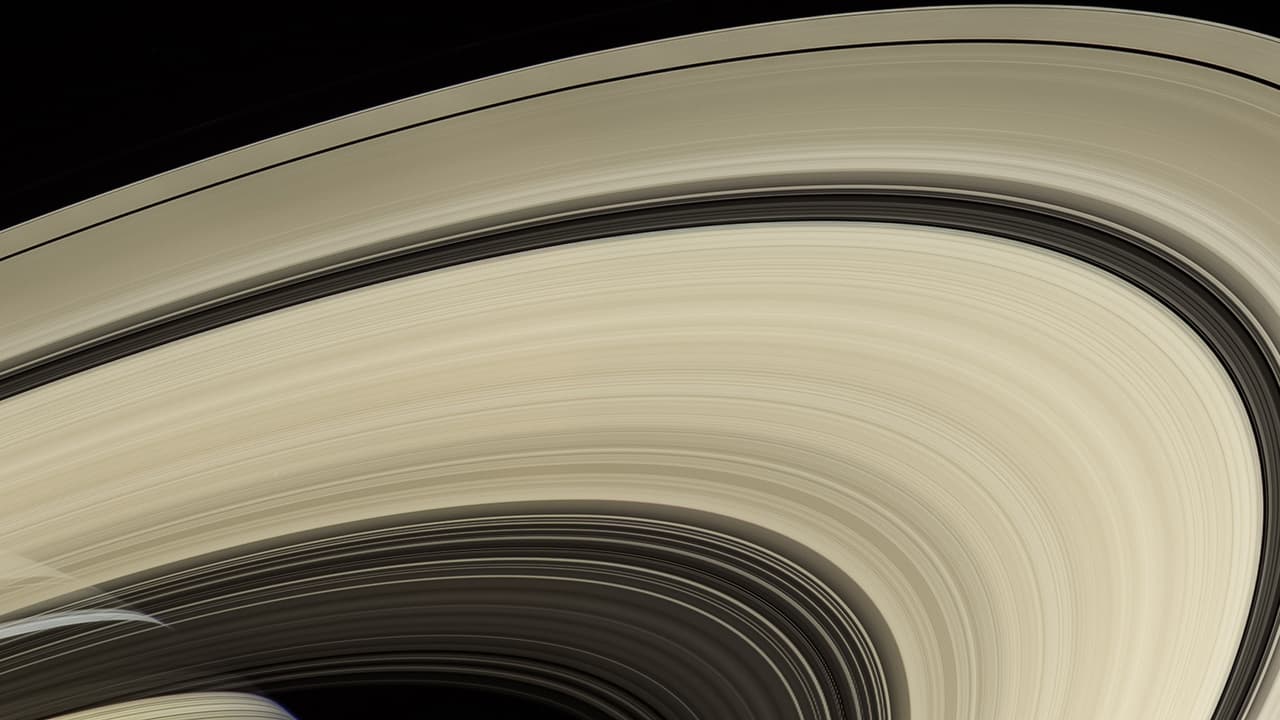
8. Destiny
No release date yet
Our star, the Sun, created our Solar System and in a phase of cosmic cannibalism will engulf and destroy it. But just as the birth was a long and fascinating process, our Solar System will see many changes before the light of our star goes out again. Destiny explores the evolution of the planets over the next four billion years, as Mars and Titan warm up, Mercury and Venus go into meltdown, and the gas around the Giants slowly blows away. Although the final chapter for the Solar System, this is not the end of the planets. There are now more planets known outside the Solar System than within it. And if there are planets out there, then why not life? NASA and ESA have set their machinery running at full power to design instruments that can peer into the atmospheres of these new planets eagerly hunting the slightest sign of life.
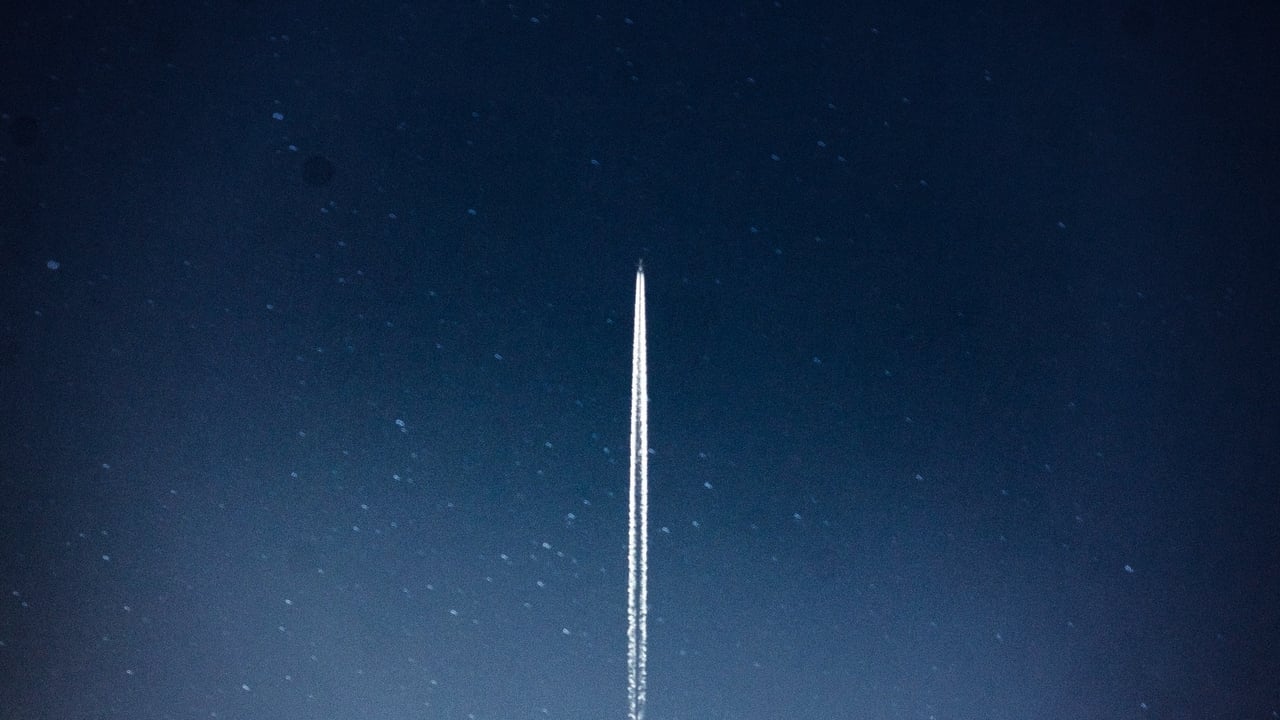
7. Life
No release date yet
Ever since mankind realised that the Earth was not the centre of the Universe, we have asked ourselves the question: Are we alone? Could the seed of life have taken root on other planets in our solar system? We finally sent a probe to test for life on Mars in 1976.The answer came back a resounding no. But the idea of life beyond Earth is not dead. As we continue to discover the diversity of life on Earth, we are forced to stop and marvel at how tenacious life is. As we forge onward in our robotic explorations of other worlds, we are surprised to find other places where conditions seem to be right for life. As we struggle to piece together the past of our neighbouring planets, we begin to wonder whether life may have once been widespread there, but has now receded. Viking was not the final word, not for Mars, not for the Solar System. From the depths of Mars to moons of Saturn and Jupiter we’re on the hunt for life again.
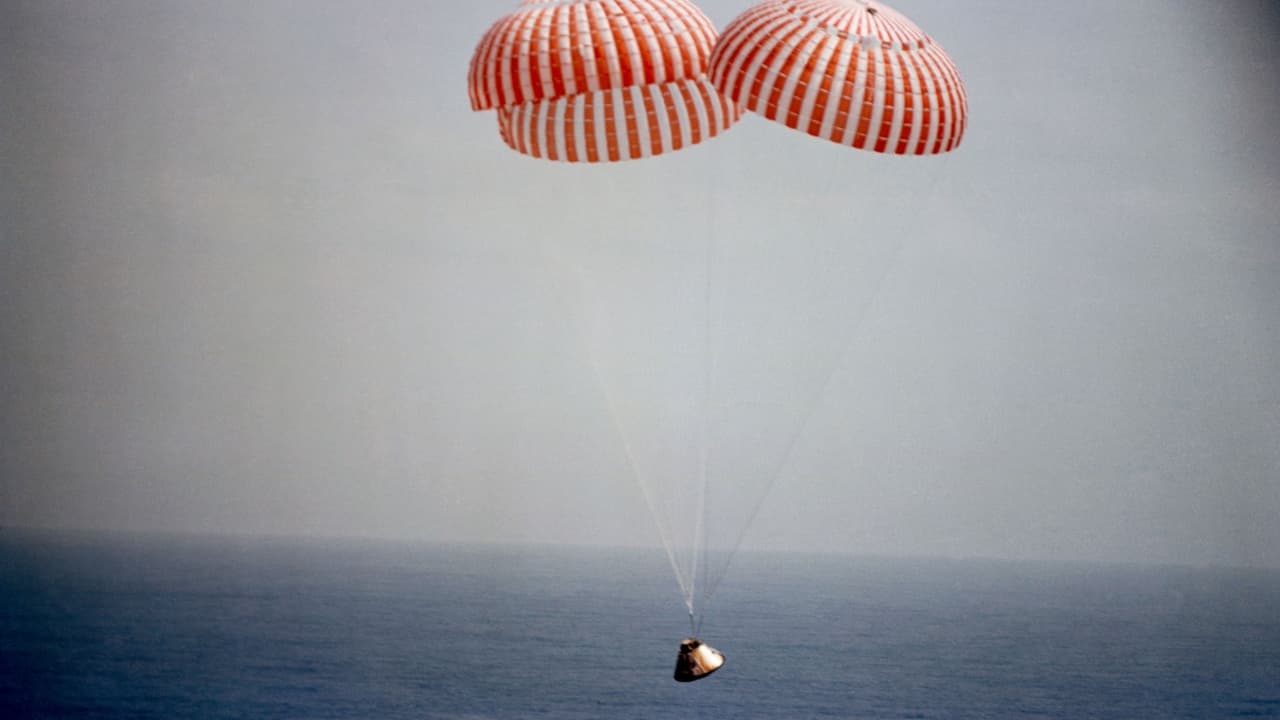
6. Atmosphere
No release date yet
It is December 1971 and Soviet scientists are bracing themselves for an encounter with Mars at twenty-five thousand kilometres an hour. Mars 2 and 3 are their most advanced probes to date, and if all goes well they will steal for the Soviet Union the first ever pictures from the surface of another planet. But things look bleak for these robotics pioneers. Reports from telescopes across the country are pouring in to the Crimean control centre, all bearing the grim news of a giant storm on Mars. The planet is covered from pole to pole in a thick blanket of dust. But there is no reprogramming the probes – they are going in, storm or no storm. Despite the huddle of scientists around the receiving screens willing it to work, that glorious first picture is nothing more than a fuzzy mess of squiggles. The probe is dead. Mankind’s first contact with the atmosphere of Mars is over, and the welcome was anything but warm.
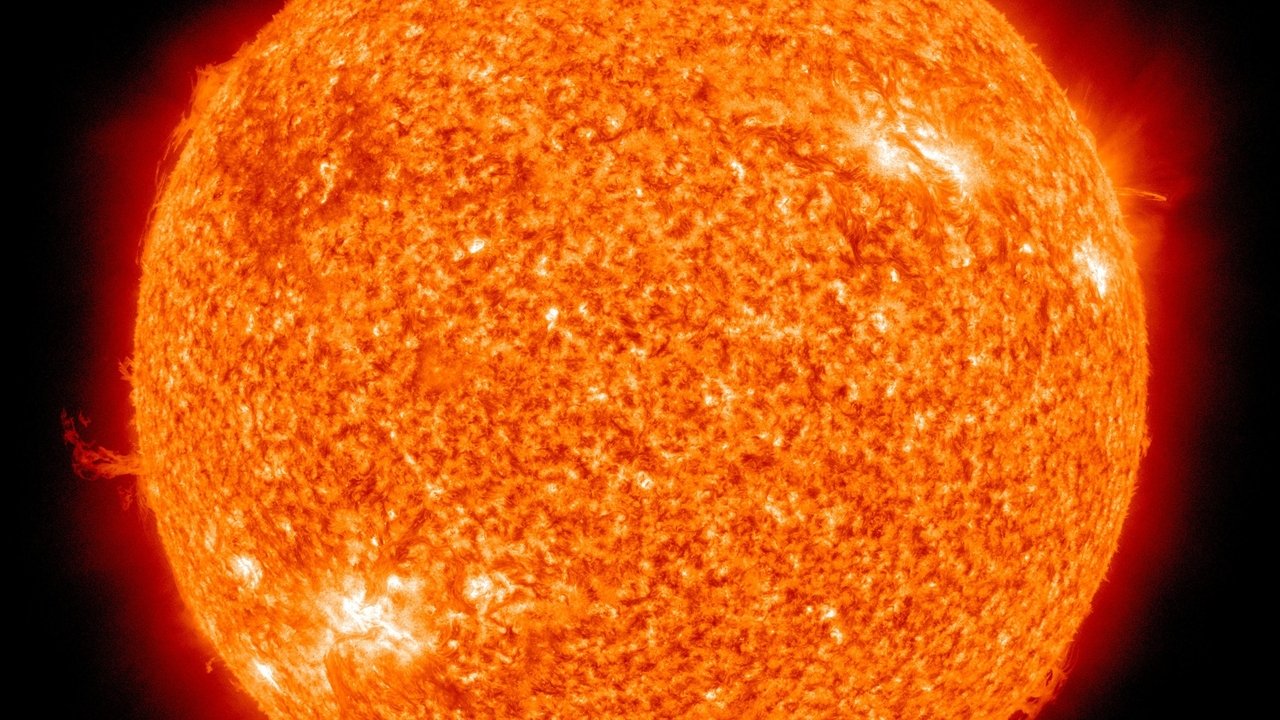
5. Star
No release date yet
It was the Sun as no other human being had ever seen it before.The astronauts on board Skylab saw the blindingly bright disk, clearly visible, floating in the blackness of space. For millennia humans have always seen our star through the Earth’s atmosphere, but the Space Age has given us a new perspective that has revealed the many faces of the Sun and forced us to redefine it.We have now seen it in X-rays, ultraviolet/visible light, heat, and radio. But we have also discovered that the planets orbit inside the Sun. Star reveals the recently discovered inner secrets of this colossal engine that runs like clockwork, and shows how the planets struggle against the Sun’s invisible influence: the solar wind.
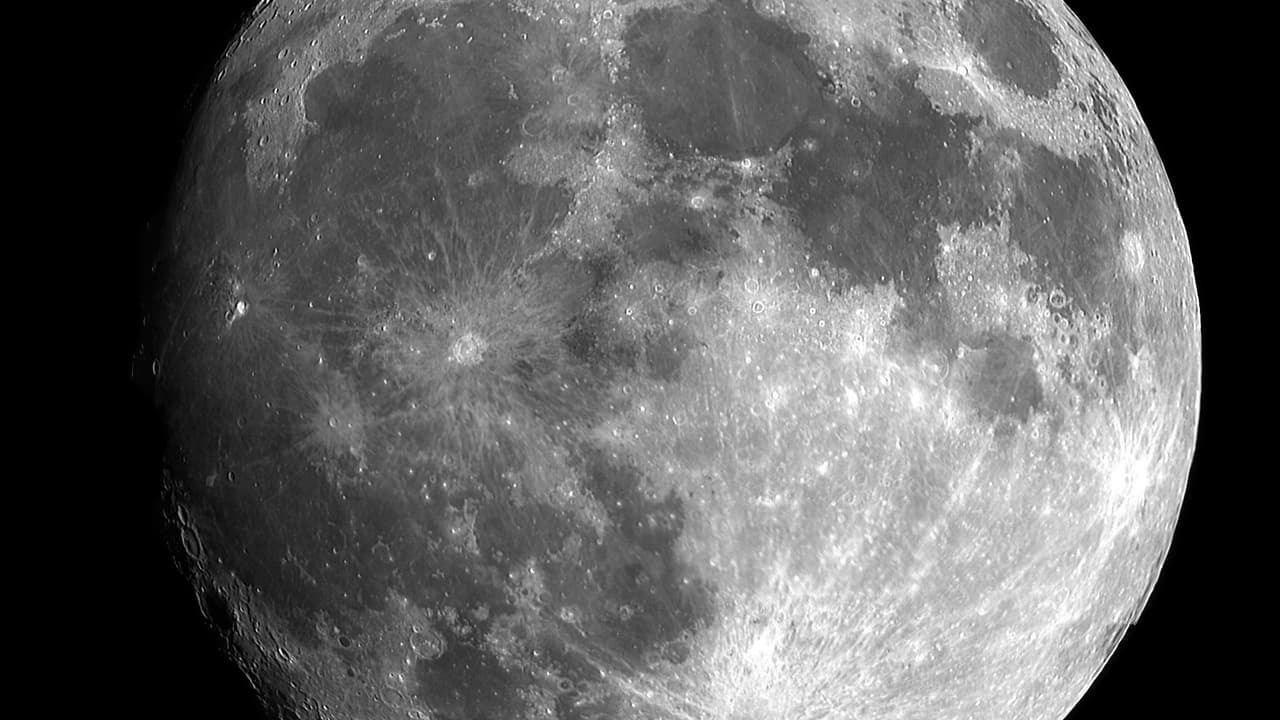
4. Moon
No release date yet
Nothing could be more familiar to human eyes than the Moon; yet nothing could be stranger. None of our near neighbours in the solar system – Mercury, Venus or Mars – has a moon like ours, a companion in space so large that it rules our nights, our months, our ocean tides. Why Earth should have such a moon is one of the deepest mysteries of the Solar System. Moon tells the story of how the Earth’s satellite became the object of desire of the two Cold War superpowers, and how scientists jumped on the political bandwagon to solve the riddle of the century.
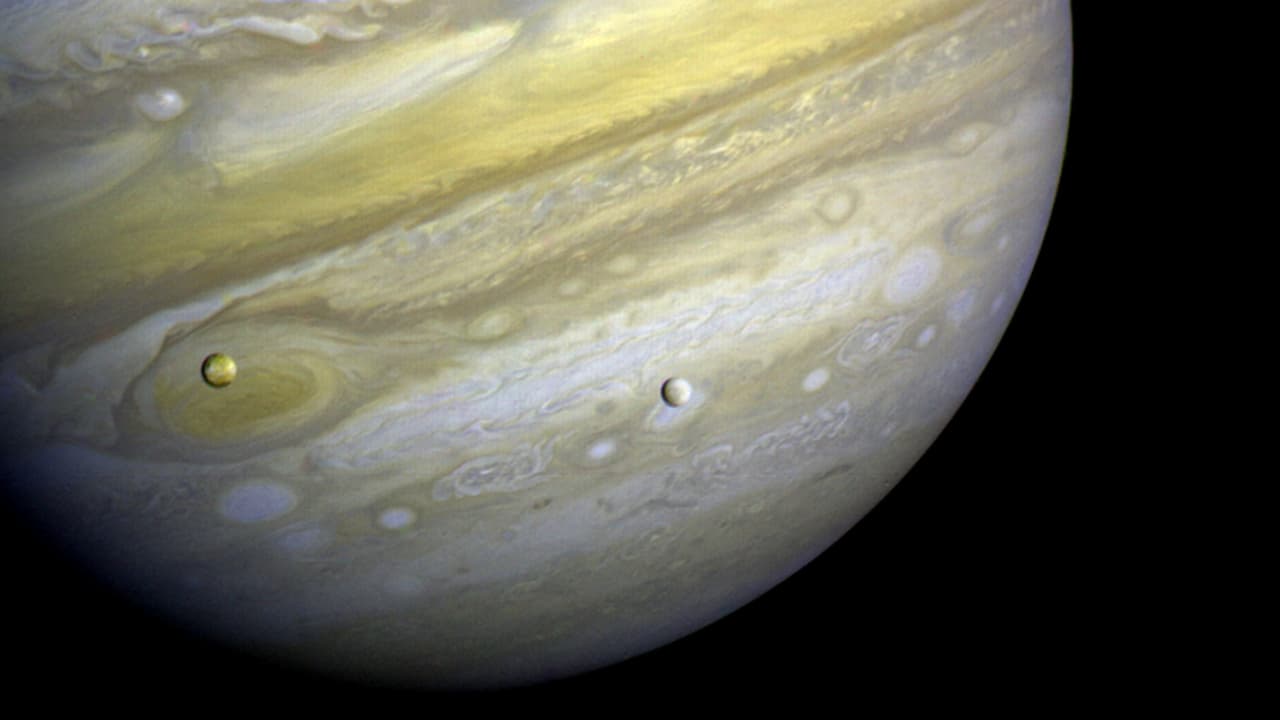
3. Giants
No release date yet
For centuries the giant planets floated on the fringes of the solar system as distant objects in the eyepieces of astronomers. But in December 1973 mankind had its first close encounter with Jupiter. This episode charts the story of our discovery of these massive planets, from Galileo’s sighting of Jupiter's moons in 1610 to JPL's journeys to Uranus and Neptune nearly 400 years later. It explores the role the giant planets played in shaping the vast disk of stellar debris into the solar system we know today. Rings to radiation belts, moons to magnetospheres, each gas giant is at the heart of a solar system in miniature, revealing its secrets to only the boldest missions.
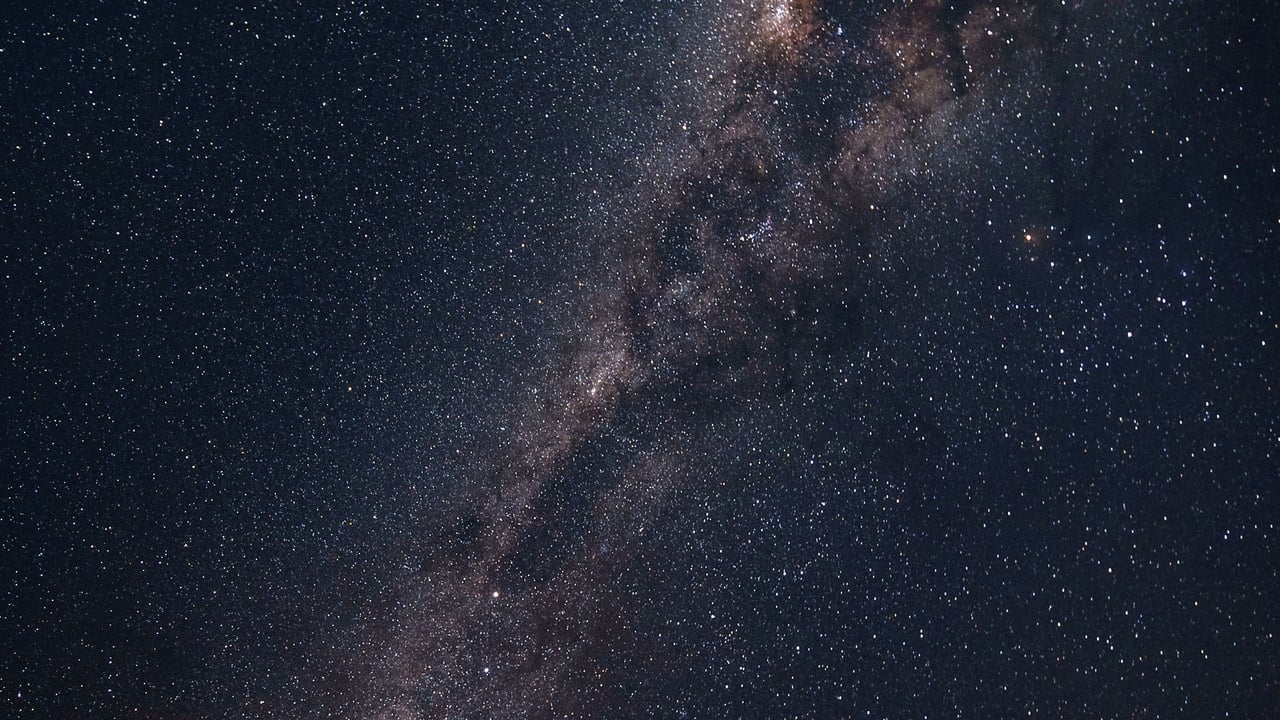
2. Terra Firma
No release date yet
At first we were alone on Earth, living in the shadow of the volcano and in fear of the earthquake. We watched Mars and Venus wander in the night sky, and wondered if the ground on those worlds shook and spat fire. Would these planets share our landscapes of mountains and valleys, of continents drifting across oceans of magma? This is the story of the pioneering missions to our neighbouring worlds, of our first glimpses of their awe-inspiring terrains. From the giant lava plains of Venus to the volcanoes on Mars that dwarf Mount Everest,Terra Firma takes us on a journey of exploration around the rocky planets and on to the distant icy moons of Jupiter, Saturn and beyond.
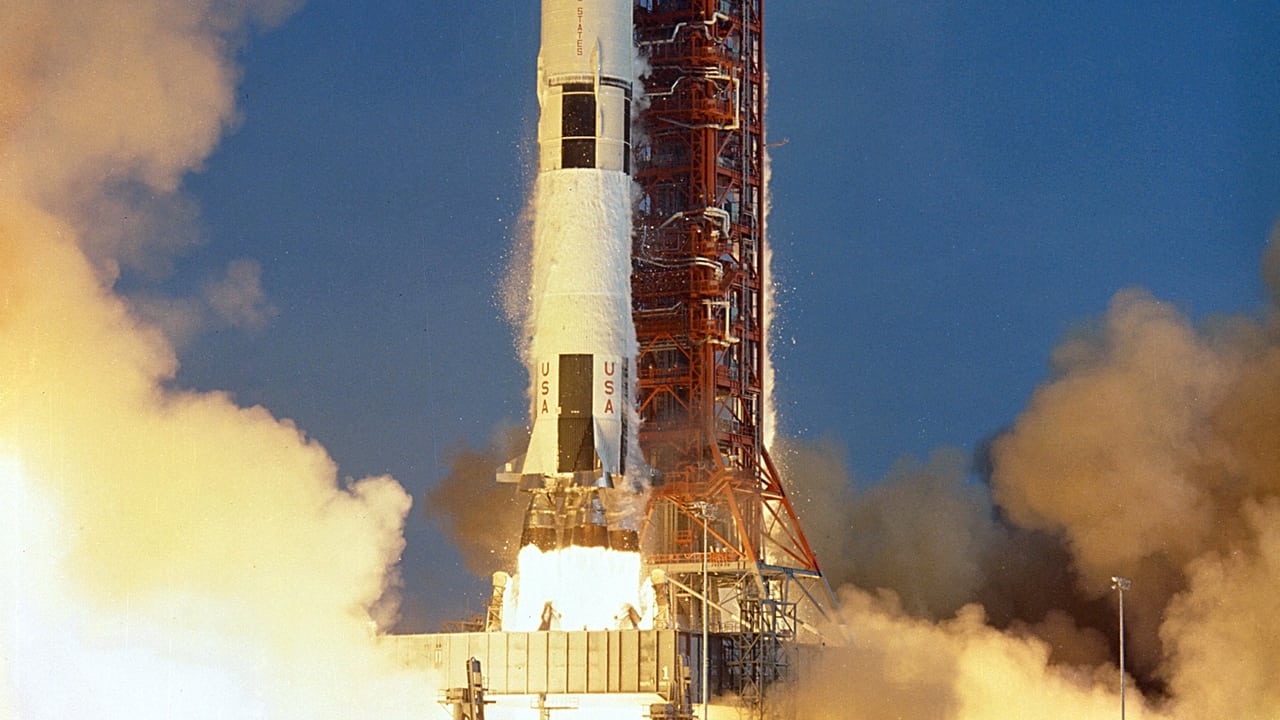
1. Different Worlds
No release date yet
Different Worlds reveals the planetary enigmas on our doorstep and embarks for the final voyage to the only planet still to be visited by a spacecraft – Pluto. Will our encounter with this tiny ball of ice and rock and the trillions of icy objects beyond it paint a clearer picture of how the planets came to be?

























